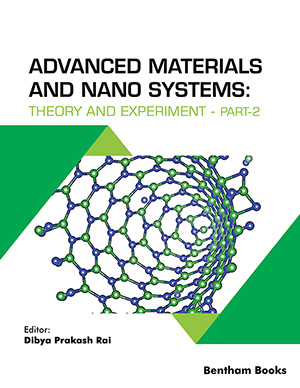Abstract
SHS investigation development is considered from the geographical and historical viewpoint. 3 stages are described. Within Stage 1 the work was carried out in the Department of the Institute of Chemical Physics in Chernogolovka where the scientific discovery had been made. At Stage 2 the interest to SHS arose in different cities and towns of the former USSR. Within Stage 3 SHS entered the international scene. Now SHS processes and products are being studied in more than 50 countries.
Abstract
In the present research work, melt-quench technique was employed for synthesis of Nd2O3 doped lithium borosilicate glasses having general system 30Li2O- (70-x) [1/7SiO2:6/7B2O3]-xNd2O3. Electrical conductivity of produced samples was tested in frequency band of 2mHz to 20MHz at 423K to 673K, using Impedance Analyser. Impedance data was used for scaling which shows that the process of conduction is based on the composition and not on the temperature. The inclusion of neodymium oxide in the lithium borosilicate glass affects molar volume, density and various physical properties like Ion concentration, ionic radius. The electrical modulus data obtained from impedance analyser was utilized to study relaxation behaviour of the samples. In the temperature band, 423-673 K, the variance of the dielectric loss (Tan δ), dielectric constant (ε’) and ac conductivity (σ’) with frequency was measured using impedance spectroscopy and discussed at length.
Keywords:
Borosilicate glasses, Dielectric, Density, Electrical Conductivity, Impedance spectroscopy.
We recommend

Authors:Bentham Science Books






